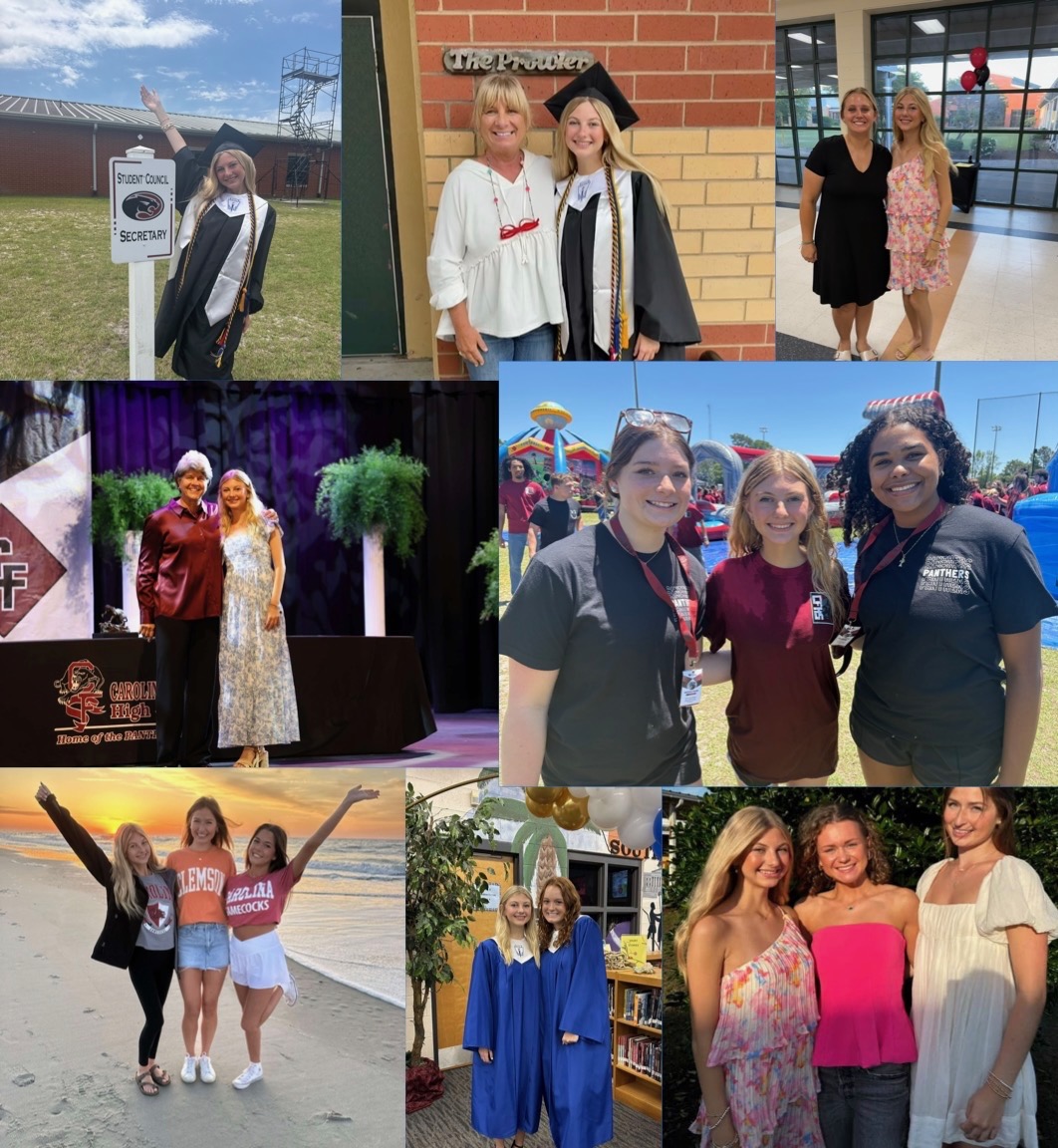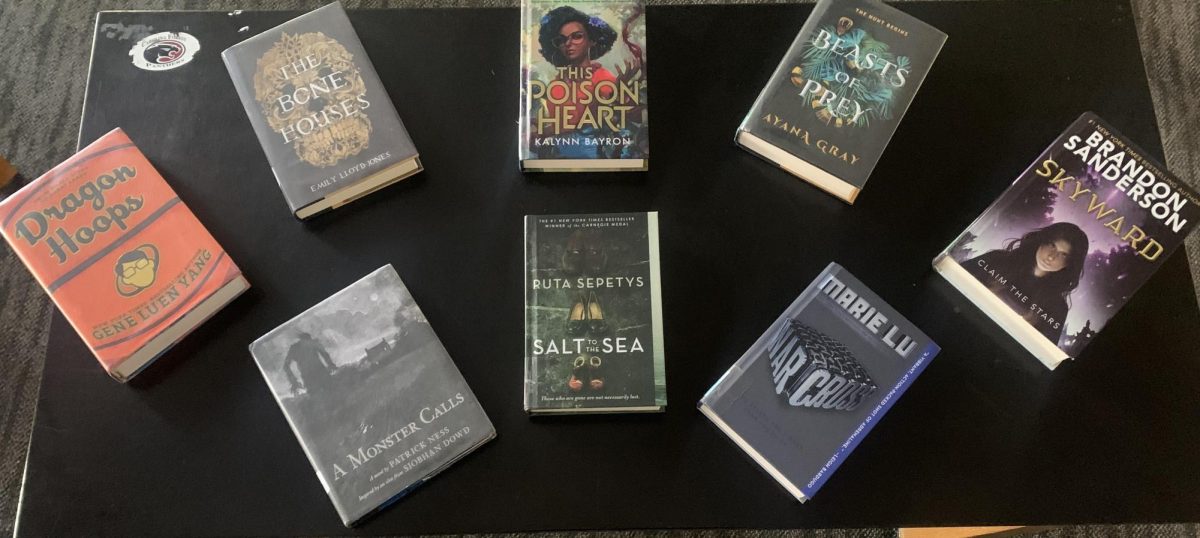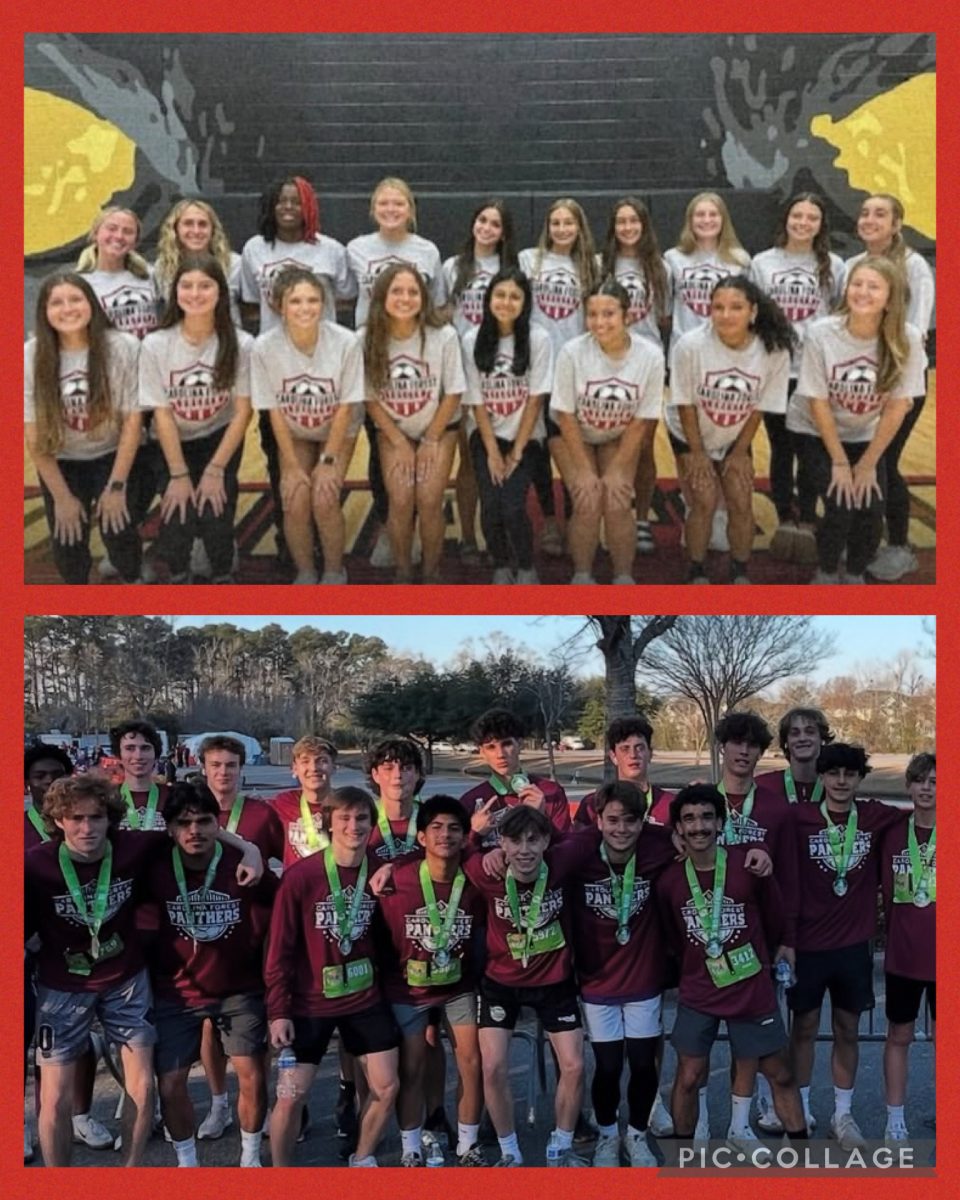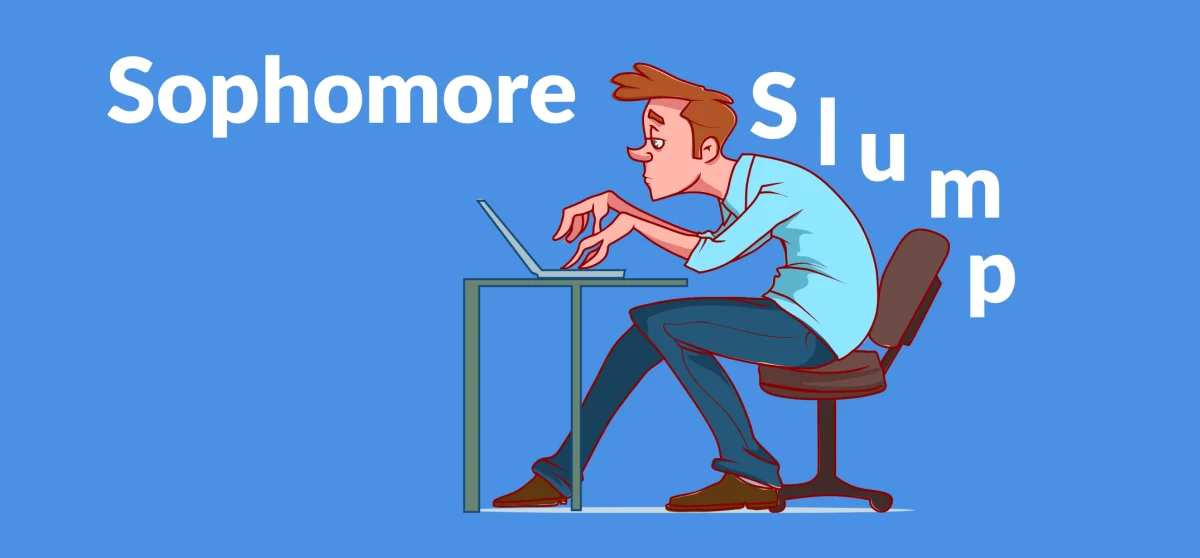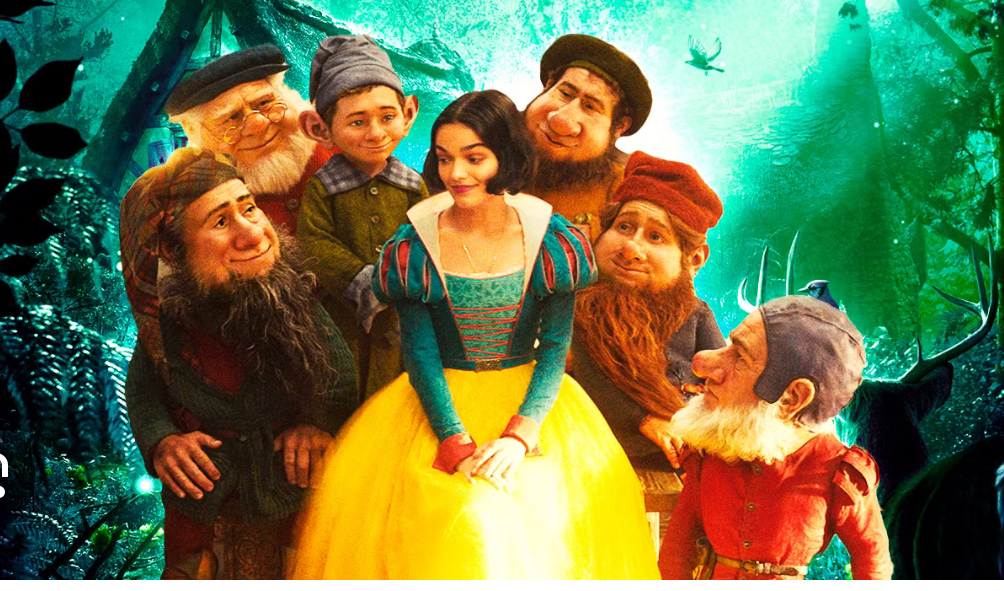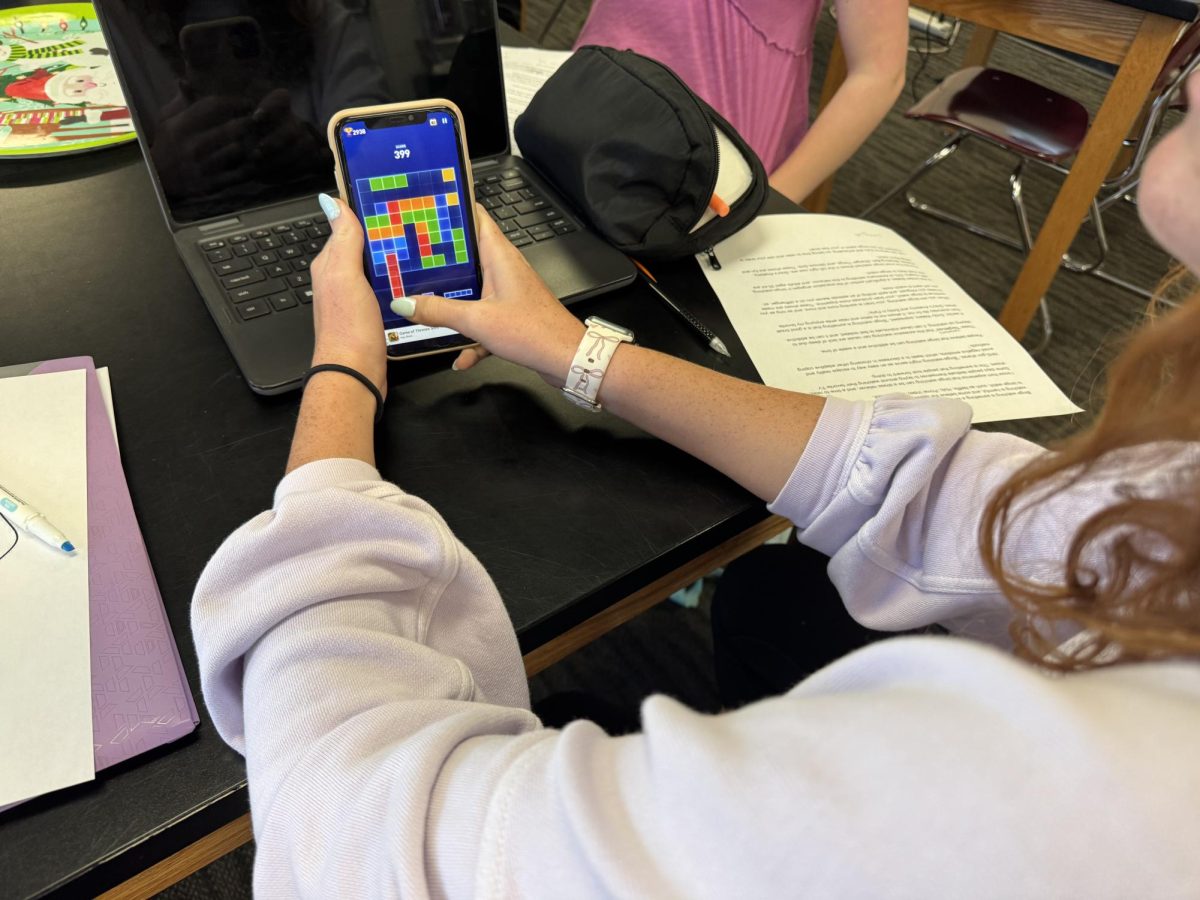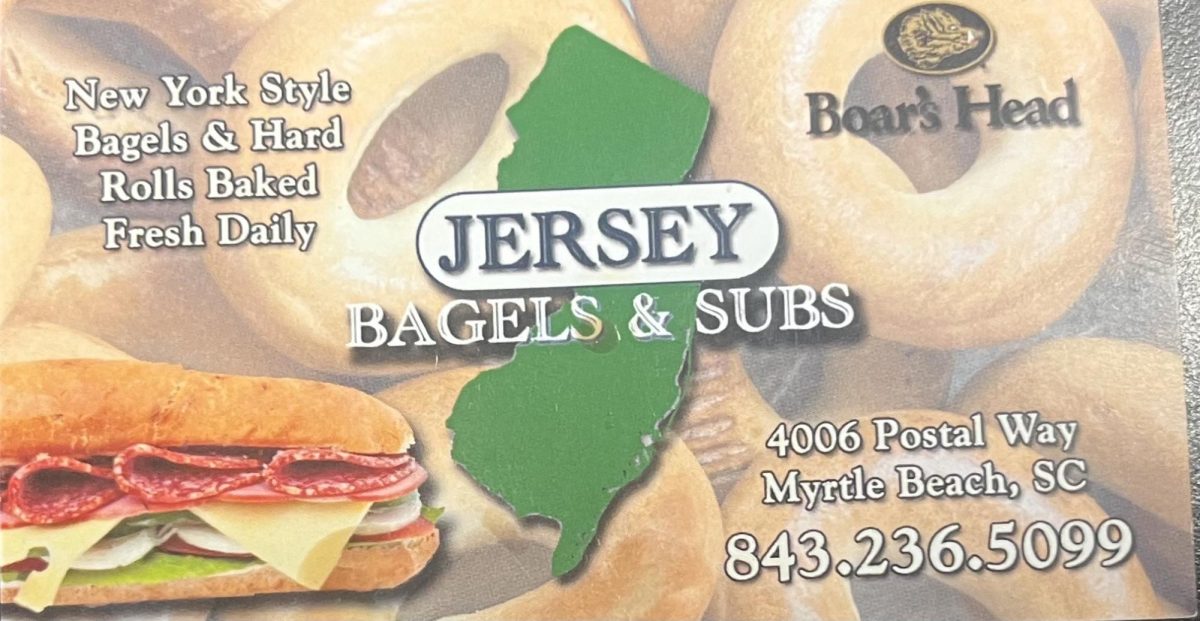Art on the Walls
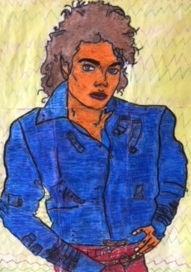
March 26, 2018
What better way to celebrate the end of Black History Month than with art?
In B house, Ms. Pantuso’s fourth block art class and the three ESOL classes designed posters of famous men and women to put on the lockers. Using only crayons and watercolors, the students brought well-known figures to life, such as Martin Luther King Jr., Rosa Parks and Beyoncé.
Students from all four classes formed pairs and picked an influential person to research, bringing them to life on posters.
Darwin Sifontes and his partner picked a very inspiring figure: “We chose Stevie Wonder because we love the history he has behind him of being blind and still being successful.”
Using the watercolor resist techniques with crayons made the artwork stand out with the use of mixed-media materials and the influence of the Pop Art Movement. Next to these popping pieces, each group wrote a paragraph about their chosen figurehead. All of this was done in about a week.
Why use watercolor and crayons?
The watercolor resist technique with crayon is simple: the watercolor doesn’t absorb into the paper where the crayon is, going around it instead due to the crayon’s waxy coating. The crayon acts like a repellent to the watercolor, sliding it off onto the rest of the paper and leaving the crayon unaffected. Using this to their advantage, the classes created stunning patterns and designs on their posters.
“I loved figuring out how to incorporate all the different colors and textures into the painting to make it pop,” shares Taylor Hein about the poster project.
What was the Pop Art Movement?
Originating in New York, Pop Art came to fruition in the mid-1950s. Pop artists paid tribute to common things we see in everyday life, including people from popular culture. Arguably, the most known Pop artist was Andy Warhol, as many recognize his famous piece, “Campbell’s Soup Cans.”
The students working on the posters nailed the Pop Art aspect of their assignment on the head. The unusual color schemes and patterns made the pieces pop out against the bland colors of the school wall and lockers. Their utilization of Pop Art was an exceptional way to bring attention to the important people they portrayed in their pieces.
What’s next?
While Black History Month is over and the four classes have gone back to their normal studies, there is hope for more collaboration in the future. Ms. Pantuso has shared that she would love to work with the ESOL classes again. I can’t wait to see what they have in store for us next!


